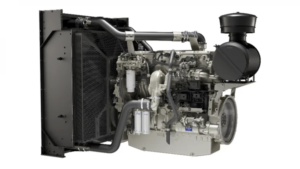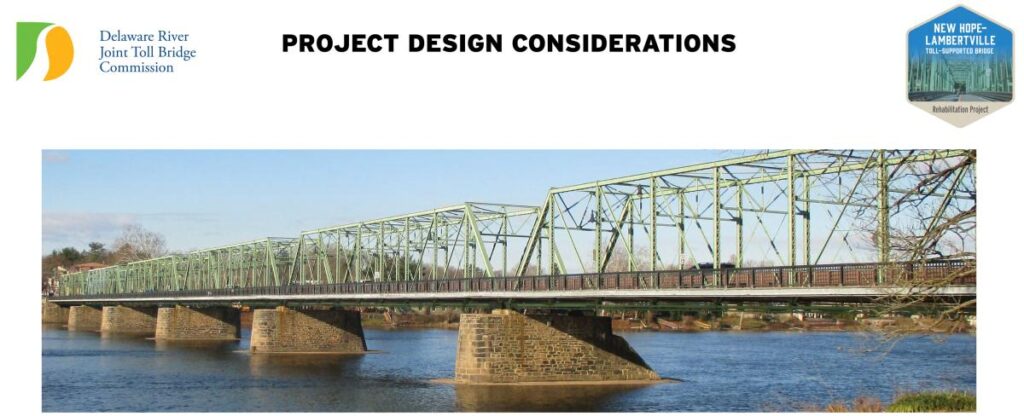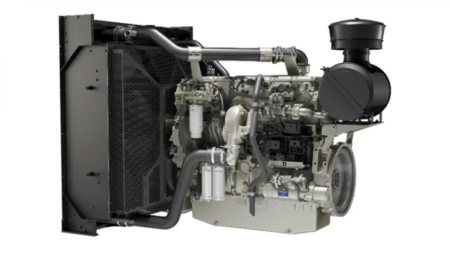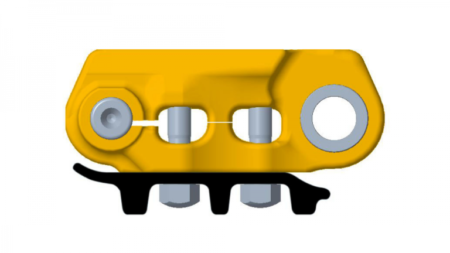Photo courtesy of the Delaware River Joint Toll Bridge Commission
The Delaware River Joint Toll Bridge Commission (DRJTBC) announced Dec. 27 that the contractor for the upcoming rehabilitation project at the New Hope-Lambertville Bridge was poised to begin work-site mobilization and set-up activities on Jan. 2.
Work on the nearly 120-year-old structure, which connects the downtowns of New Hope, Pa., and Lambertville, N.J., will not only take place on the bridge, but its approaches and masonry abutments as well. As part of the rehabilitation, a programmable, color-changing LED lighting system will be installed to highlight the bridge’s architectural profile along the Delaware River waterfront.
In November, the DRJTBC awarded Anselmi & DeCicco Inc. of Maplewood, N.J., a contract of just over $25 million to perform the rehab. Additionally, a separate $1.3 million contract for construction-management/inspections services went to Philadelphia’s Urban Engineers Inc.
All project costs ultimately are paid for by the tolls the DRJTBC collects at its eight toll bridges, the commission noted in a news release.
The pre-construction prep work on the New Hope-Lambertville Bridge, which carries Bridge Street traffic between the two communities, is not anticipated to appreciably affect either vehicular or pedestrian crossings at the bridge. Both travel lanes and the bridge walkway will remain open during the initial part of the effort, expected to end on or about Jan. 22.
Anselmi & DeCicco and its subcontractors have mobilized equipment and materials at a secured lot about a mile from the bridge. Some activities, such as picture taking, measuring, surveying and signage drop offs could take place in the vicinity of the bridge, but the only travel impacts would be brief traffic stoppages, if at all.
Full project construction activities are slated to begin immediately following the initial prep work, the New Hope Free Press reported.
This is when the bridge’s roadway is to be restricted to a single open travel lane in the Pennsylvania-bound direction only (which is the toll direction at the U.S. Highway 202 toll bridge a mile upstream). The older bridge’s New Jersey-bound traffic will be detoured to the U.S. 202 bridge, which is un-tolled for travel into the Garden State, for several months.
The project’s current schedule also calls for the bridge’s walkway to remain open when full construction gets under way later in January.
Putting New Face On Old Structure
The rehabilitation of the New Hope-Lambertville Bridge through early April will focus on the eastbound side of the bridge when the pedestrian walkway will be shut down to allow for the removal and replacement of the current walkway panels and railings. The project was staged so that the closure of the pedestrian walkway occurs during the period of the year when it is least utilized.
The walkway work, which includes cleaning and painting of the facility’s underlying cantilevered steel supports, is expected to be completed in mid-April just in time for Shad Fest, Lambertville’s major annual street fair.
Other key elements of the Delaware River bridge’s rehabilitation include:
- Repairing various pieces of the bridge’s steel superstructure.
- Installing new bridge highway lighting.
- Replacing the current fiberglass walkway panels with an improved system of quieter, slip-resistant fiber-reinforced-polymer panels.
- Re-anodizing of walkway railing.
- Creating new approach sidewalks.
Sturdy Bridge Still Busy After 120 Years
The DRJTBC noted that the “functionally obsolete” steel-truss bridge between New Hope and Lambertville was last rehabilitated in 2004. Its superstructure has a four-ton weight limit, a 10-ft. height restriction and a 15-mph speed limit. In 2022, the structure carried an average of 12,400 vehicles per day between the two states.
The six-span, 1,053-ft.-long river bridge was constructed in 1904 by the New Hope Delaware Bridge Co., replacing a wooden covered bridge that was destroyed in the “Pumpkin Flood” of October 1903. The crossing was originally operated as a privately owned toll bridge before becoming a publicly owned, non-tolled bridge in 1920.
The DRJTBC has owned the New Hope-Lambertville Bridge since July 1987. The commission uses a share of toll proceeds collected at its eight toll bridges to operate and maintain the structure as well as 11 other aging “toll-supported” bridges along the Delaware River.
Read the full article here











